I am often asked if I sell gold-plated jewellery – being a cheaper alternative to my solid gold work. Although gold-plated jewellery is exceedingly less costly than solid gold work ( especially in the weights I use) I explain below why it is such an inferior form of jewellery and should be avoided.
What Is Gold-Plated Jewellery?
Gold-plated jewellery refers to jewellery that has a thin layer of gold applied to the surface of another metal. These metals can be silver, brass, or copper. This is the least expensive of the gold options. Gold plating is a method of covering up another type of metal with a very thin layer of gold via electroplating. This method results in only about 0.5-1 microns of gold on plated jewellery, meaning that these pieces don’t offer much in terms of longevity. Additionally, it is not always good for those who are allergic to different types of metals, as the gold rubs off. There are a few different ” varieties” of gold-plated jewellery, as discussed below.
Gold-Filled
Gold-filled has a heavier plating than standard gold-plated jewellery, making it slightly more durable. Created differently, with two to three layers of gold being bonded to a base metal (such as jeweller’s brass). This may last you somewhat longer than a standard gold-plated piece, but still, it will show wear and tear within months. Don’t be fooled into thinking “gold-filled” means solid gold!
Gold Vermeil
Gold Vermeil sounds fancy because it is essentially a fancier version of gold-filled. It differs in that the base metal must be sterling silver, and that the gold used is often 10 carat or above. The gold layer is typically a gold leaf or powder and must be at least 2.5 microns thick. But it also wears off over time.
Does gold-plated jewellery have any value?
Quick answer NO.
In summary, just don’t do it
Unfortunately, all these variations of gold plating have often been known to turn human skin green, or worse still cause allergies. They also frequently end up in the trash, being cheaply made and mass-produced. Gold plating has all the hallmarks of fast fashion, get the look, forget about longevity. The gold plating process involves the chemical ‘Potassium gold cyanide’. Cyanide is toxic to humans! There are cases of deaths in third-world countries, that do not have safe work practices.
Cyanide waste is also incredibly expensive to manage, and I shudder at how much of it possibly ends up unmarked in landfills.
My advice at the end of the day would be to save your pennies until you can commit to the real thing!






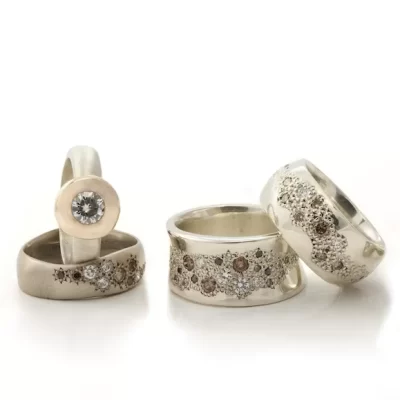 Ring buying remotely, when you are unable to visit me in person can be slightly challenging.
Ring buying remotely, when you are unable to visit me in person can be slightly challenging.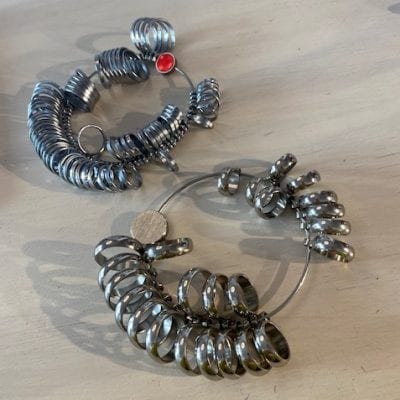
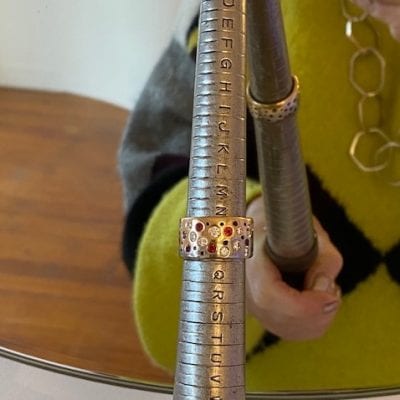

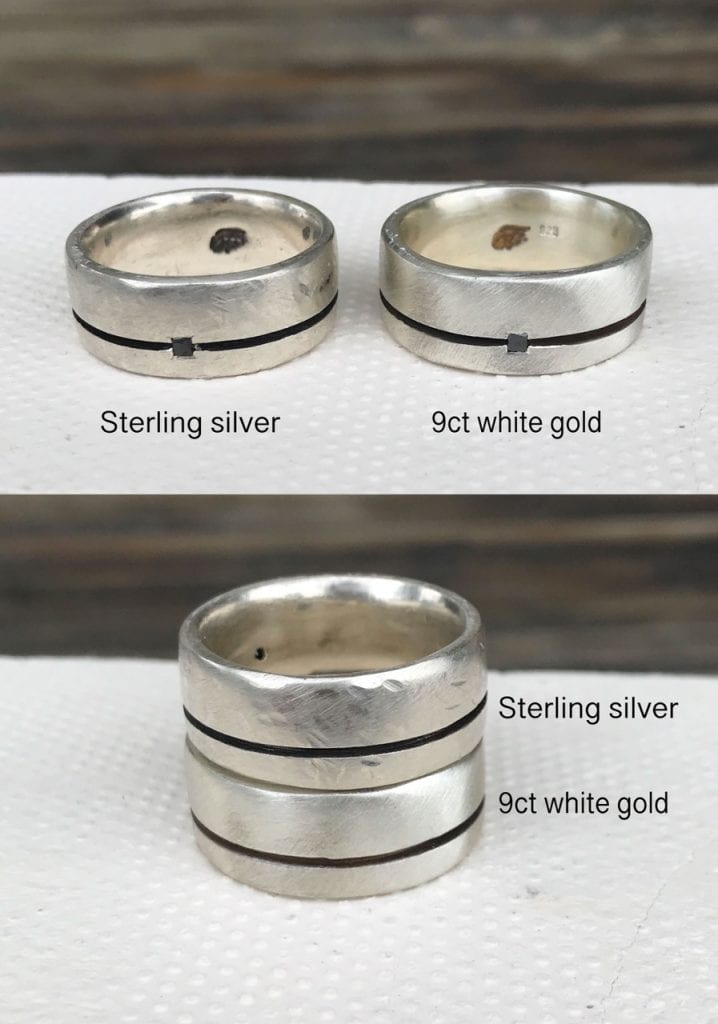
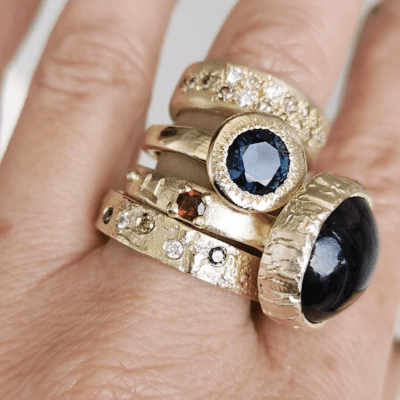
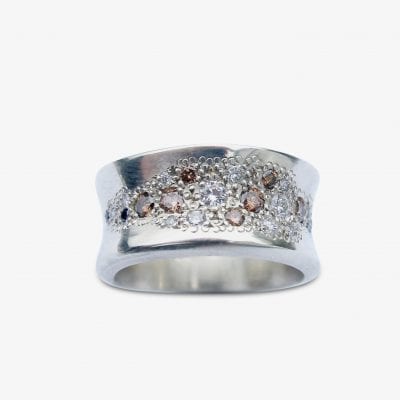
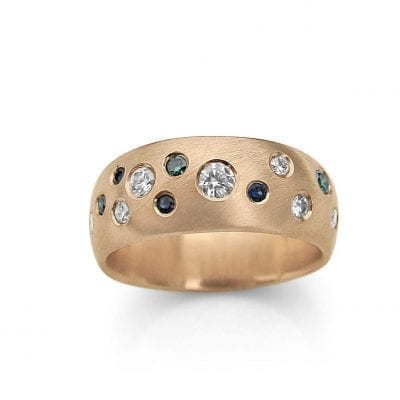
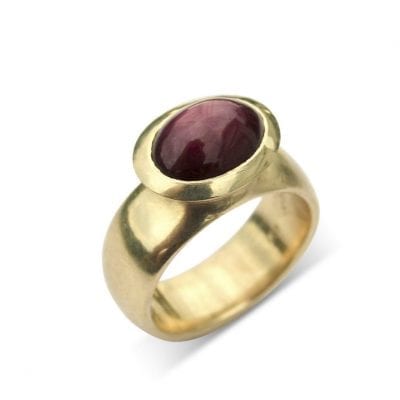
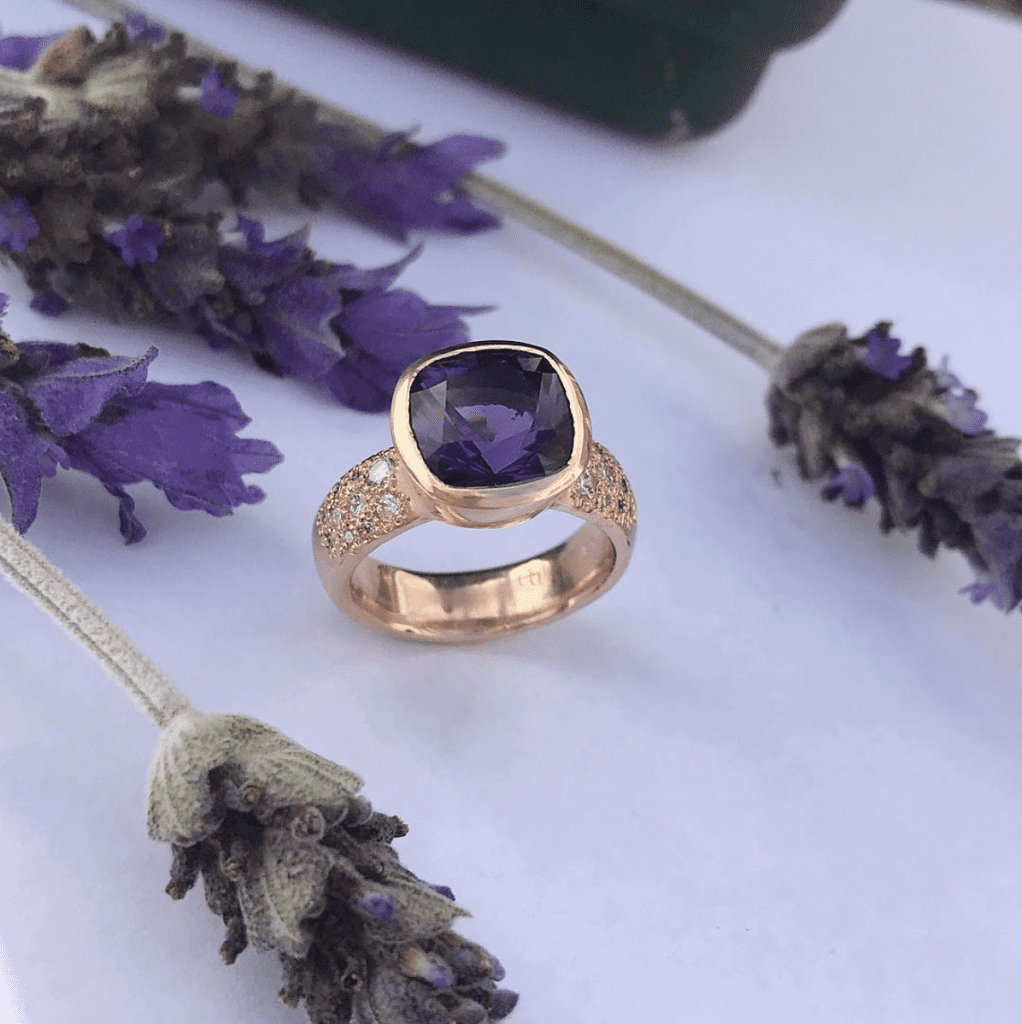
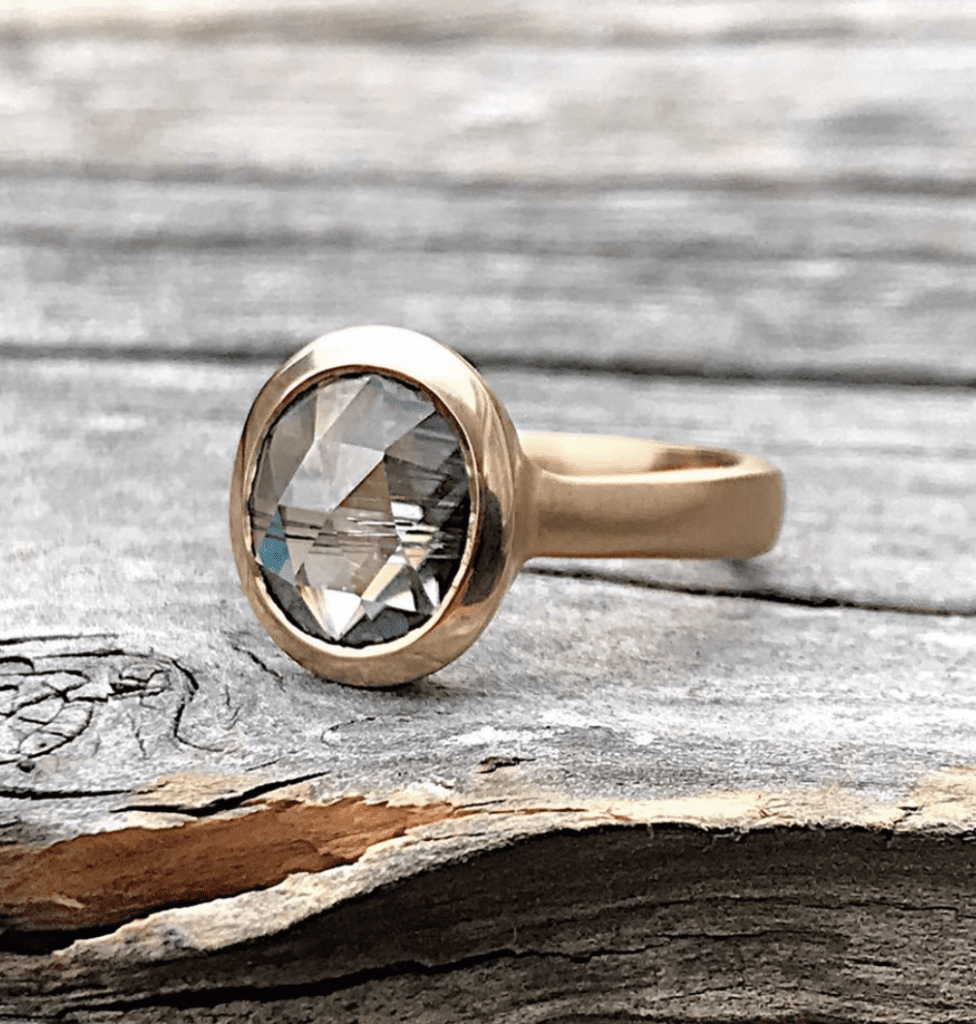
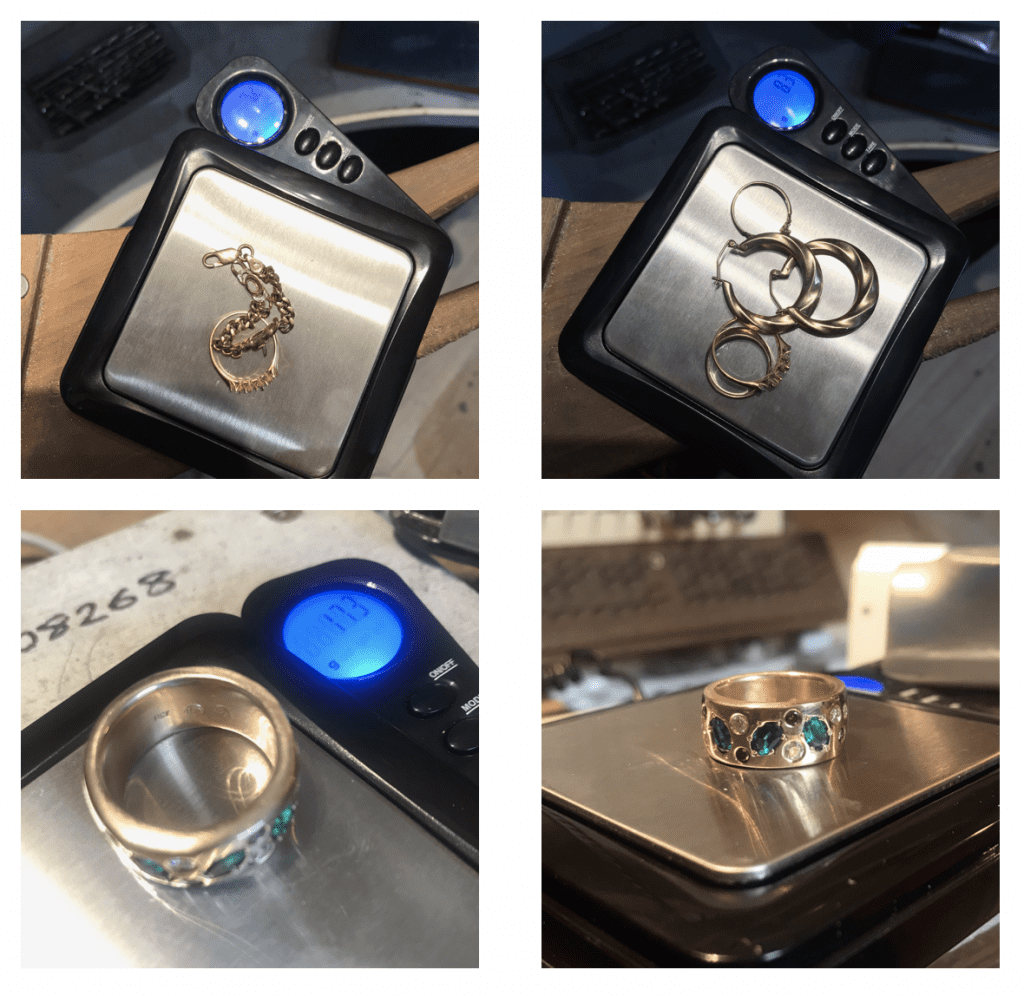
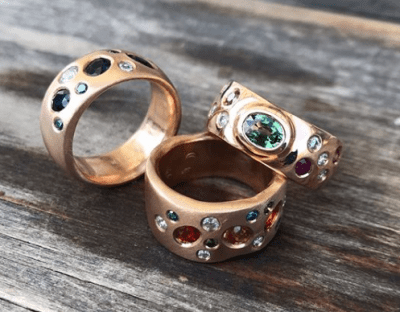 Over the years some people attached meanings to stones and believed they had mystical powers to help with certain things they would like to have or help with in their life. For example, diamonds are for love. Jade is for protection. Pearls mean purity.
Over the years some people attached meanings to stones and believed they had mystical powers to help with certain things they would like to have or help with in their life. For example, diamonds are for love. Jade is for protection. Pearls mean purity. 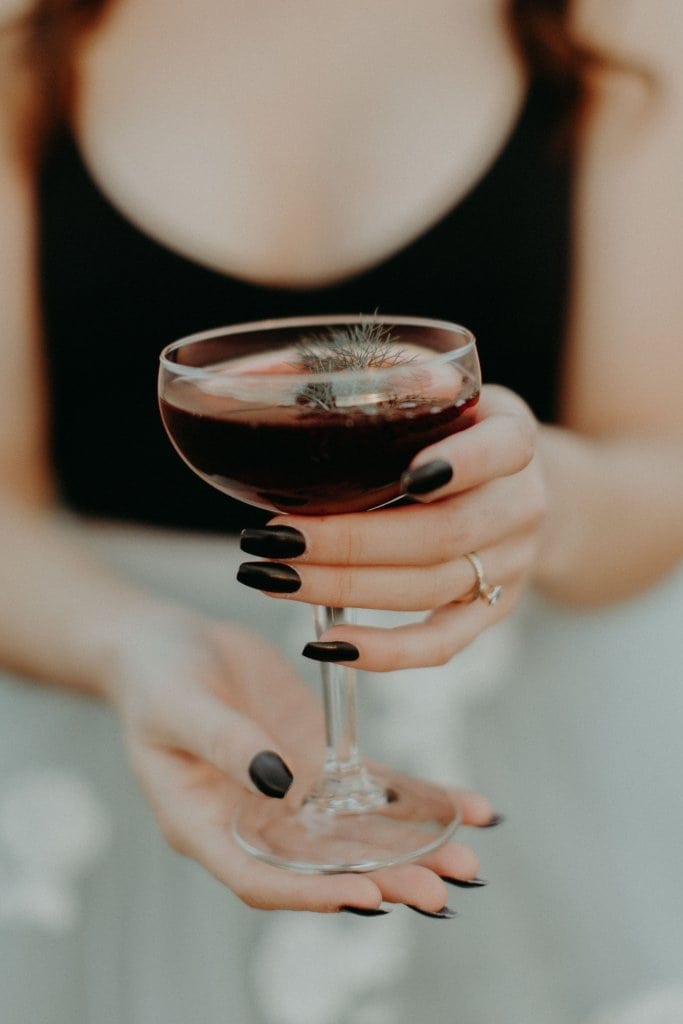 Everyone knows what engagement rings are for these days. When a man (or a woman) proposes to their partner, a ring is given to symbolise the exciting occasion and the promise of marriage.
Everyone knows what engagement rings are for these days. When a man (or a woman) proposes to their partner, a ring is given to symbolise the exciting occasion and the promise of marriage. 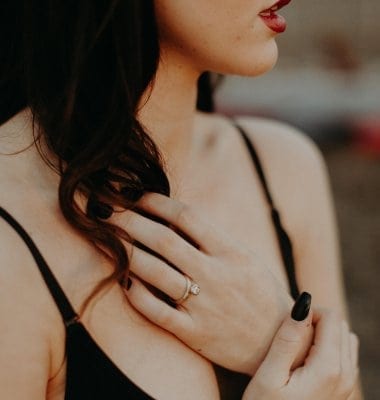 While we all know that a beautiful jewellery piece is gorgeous on the eye and adds glamour to its owner, we often don’t suspect that jewellery is more than just that. Gorgeous jewellery brings out deep-rooted and powerful happiness in many of us. And here’s why:
While we all know that a beautiful jewellery piece is gorgeous on the eye and adds glamour to its owner, we often don’t suspect that jewellery is more than just that. Gorgeous jewellery brings out deep-rooted and powerful happiness in many of us. And here’s why: Shopping for beautiful sparkly jewellery is a fun experience where you get to look at options, compare, ask questions and finally become the proud owner of a gorgeous piece. However, there can be some factors to consider when choosing jewellery. So after listening to my customers and taking into consideration what we discuss, I decided to put together a list of ultimate questions to ask before buying jewellery.
Shopping for beautiful sparkly jewellery is a fun experience where you get to look at options, compare, ask questions and finally become the proud owner of a gorgeous piece. However, there can be some factors to consider when choosing jewellery. So after listening to my customers and taking into consideration what we discuss, I decided to put together a list of ultimate questions to ask before buying jewellery. 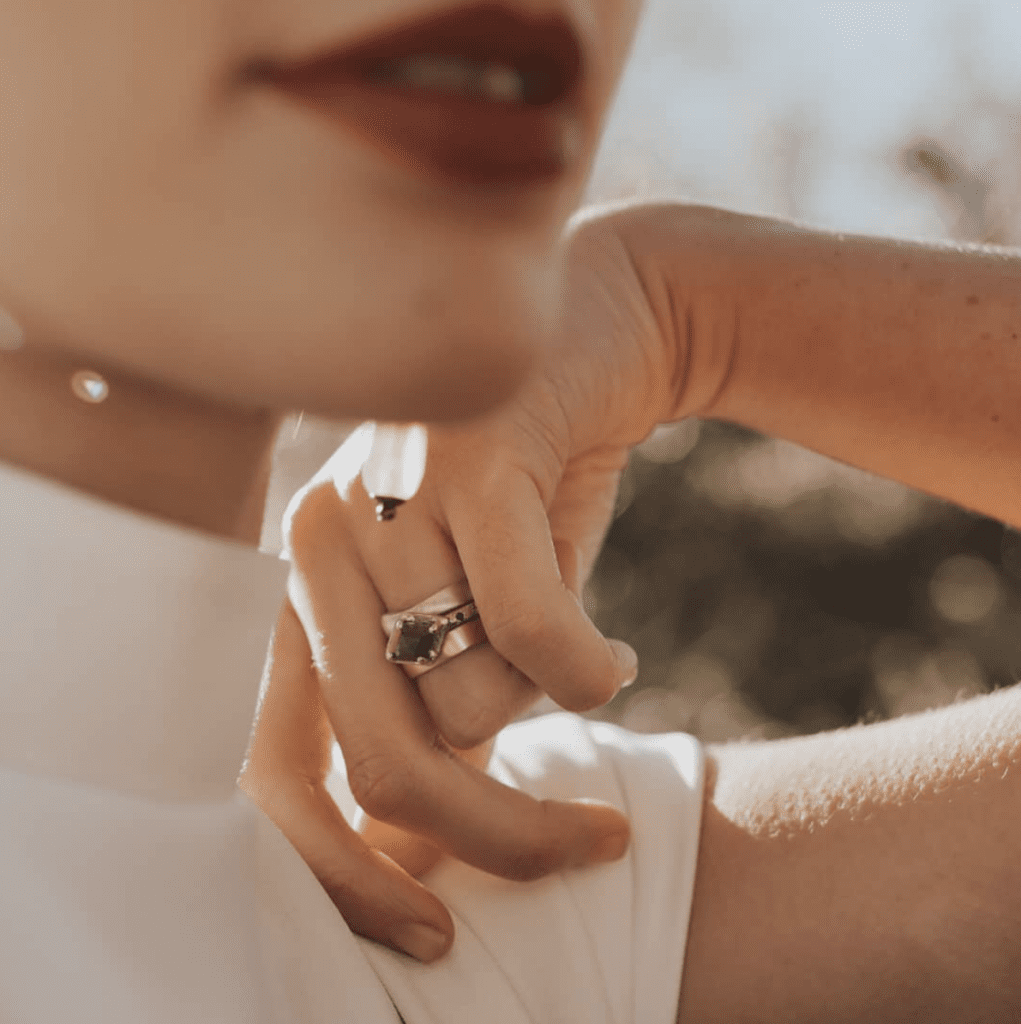 We all have our preferences and dislikes around jewellery, but did you know you can guess someone’s personality by the jewellery they wear? Some even claim that the jewellery can say the most about who you are. Below is jewellery personality info, see if you can find yourself!
We all have our preferences and dislikes around jewellery, but did you know you can guess someone’s personality by the jewellery they wear? Some even claim that the jewellery can say the most about who you are. Below is jewellery personality info, see if you can find yourself! Special Gift that keeps on giving
Special Gift that keeps on giving